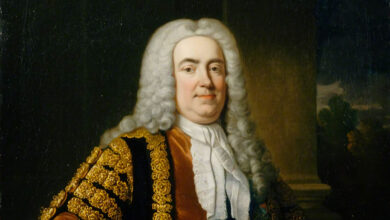John Tyler (1790-1862) was a complex and controversial figure who left an indelible mark on American politics. Born on March 29, 1790, at Greenway Plantation in Charles City County, Virginia, Tyler embodied the Southern aristocracy. He inherited a vast estate and slaves, shaping his worldview from a young age. Educated at the College of William & Mary, Tyler became a lawyer and entered politics in 1811, winning a seat in the Virginia House of Delegates. Throughout his career, he championed states’ rights and a strict interpretation of the Constitution, beliefs that would cause friction throughout his political journey. He rose through the ranks of Virginia politics, serving as governor from 1825 to 1827 before being elected to the U.S. Senate. He clashed with President Andrew Jackson over states’ rights and the Bank War, leading him to join the newly formed Whig Party. This political shift would pave the way for a most unexpected turn of events.
In a twist of fate, Tyler found himself on the 1840 Whig ticket alongside presidential nominee William Henry Harrison. The tactic was intended to attract Southern voters, and it proved successful. However, Harrison’s death, just one month into his presidency in 1841, thrust Tyler into the national spotlight. Tyler faced a unique challenge as the first Vice President to assume the presidency upon a president’s death. He alienated both Whigs and Democrats with his vetoes of Whig legislation and his commitment to states’ rights, particularly regarding slavery. This ultimately led to his expulsion from the Whig Party, making him the first president to serve without party affiliation. Despite the controversy, Tyler left a lasting legacy. He oversaw the annexation of Texas in 1845, significantly expanding the nation’s territory. However, his presidency was overshadowed by the growing sectional tensions over slavery that would ultimately lead to the Civil War. John Tyler retired to Virginia after his term ended and even briefly served in the Confederate House of Representatives before his death on January 18, 1862, in Richmond, Virginia.




